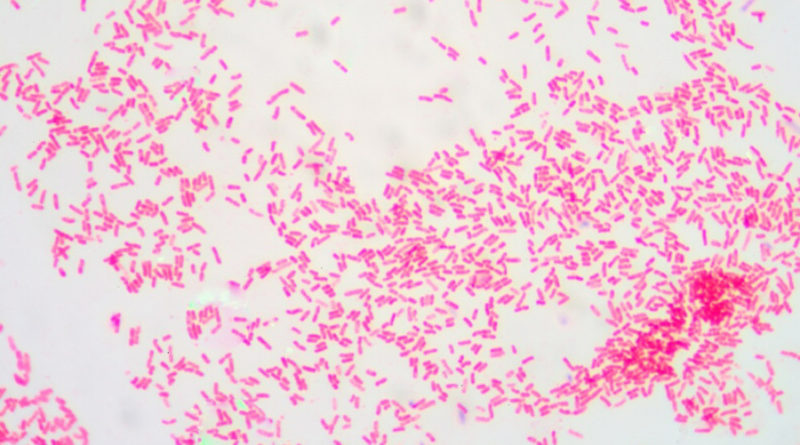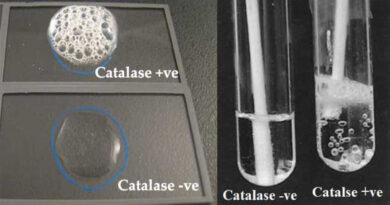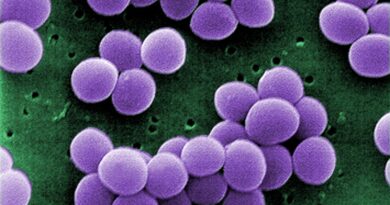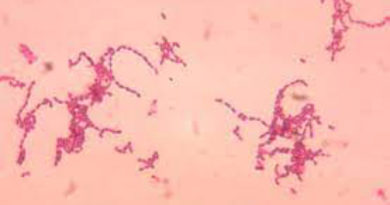Anaerobic Gram Negative Bacilli
Medically important anaerobic gram negative bacilli belong to the family Bacteroidaceae and are classified into the genera Bacteroides, Fusobacterium and Leptotrichia.
Isolated from clinical specimens, Bacteroides are the most common anaerobes. They are nonmotile, non sporing, strict anaerobes, very pleomorphic, appearing as slender rods, branching forms or coccobacilli, seen singly, in pairs or in short chains. They grow well on media such as brain heart infusion agar in an anaerobic atmosphere containing 10% CO2.
Anaerobic gram negative bacilli possess capsular polysaccharides which appear to be virulence factors, and antibodies to them can be detected in patients.
They are normal inhabitants of the intestinal, respiratory and female genital tracts.
Bacteroides species have been classified based on their saccharolytic effects. Asaccharolytic pigmented species have been separated as the genus porphyromonas, containing P. gingivalis responsible for periodontal disease, P. endodontalis causing dental root canal infections and other species. The genus bacteroides proper now includes the important species B. fragilis, B. vulgatus, B. distasonis and B. thetaiotaomicron.
B. fragilis is the most frequent of the non sporing anaerobes isolated from clinical specimens. It is often recovered from blood, pleural and peritoneal fluids, CSF, brain abscesses, wounds and urogenital infections.
P. melaninogenica is easy to recognize because of the black or brown color of the colonies.
The genus Fusobacterium contains long, thin or spindle shaped bacilli with pointed ends. F. nucleatum is a normal inhabitant of the mouth and is found in oral infection and pleuropulmonary species.
F. necrophorum produces a wide range of exotoxins and has been responsible for liver abscess and other abdominal infections in animals and less often in humans.
The genus Leptotrichia contains the single species, L. buccalis which was formerly known as Vincent’s fusiform bacillus or Fusobacterium fusiforme. They are long, straight or slightly curved rods, often with pointed ends. They are the part of normal oral flora and are seen in acute necrotising lesions in the mouth.



